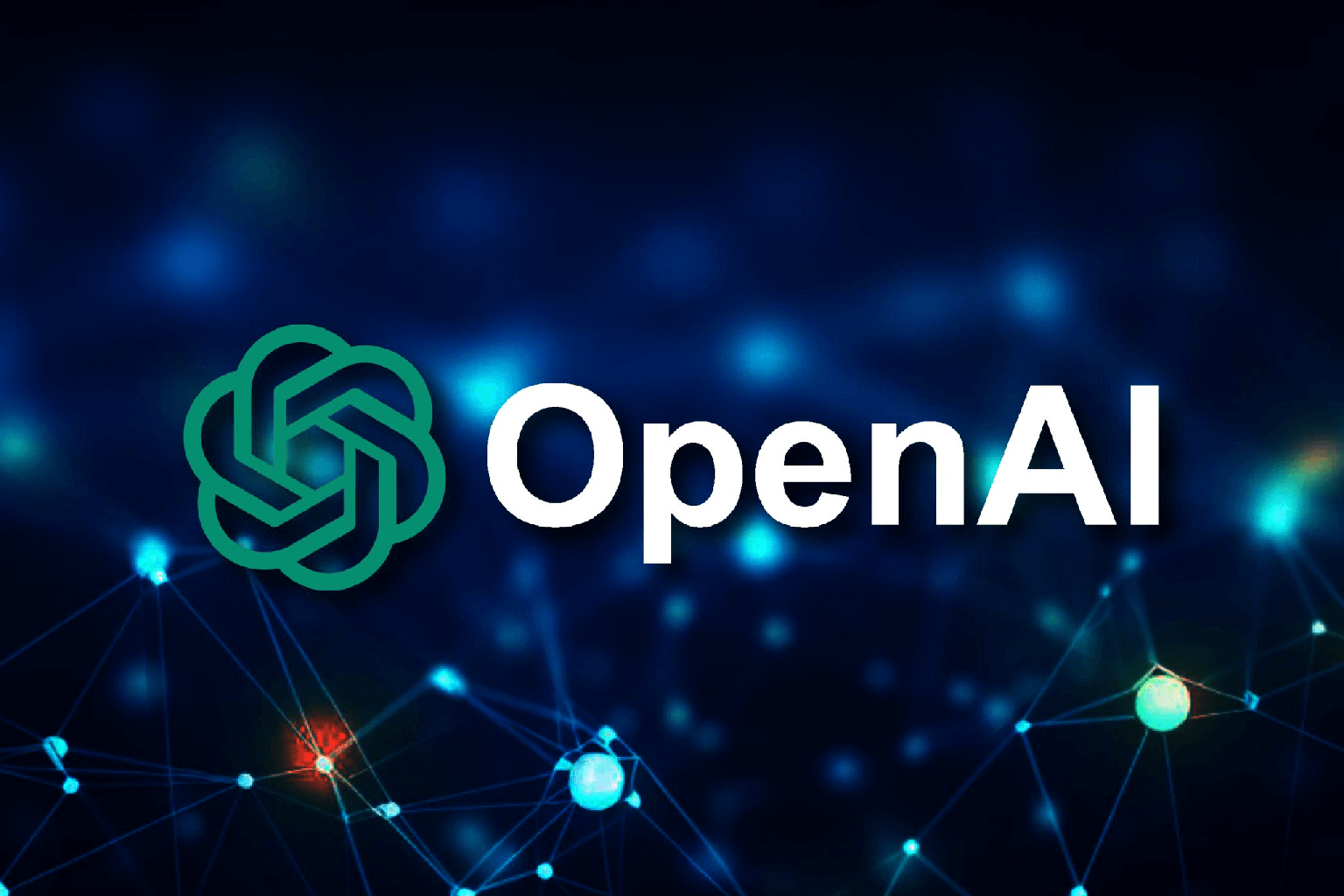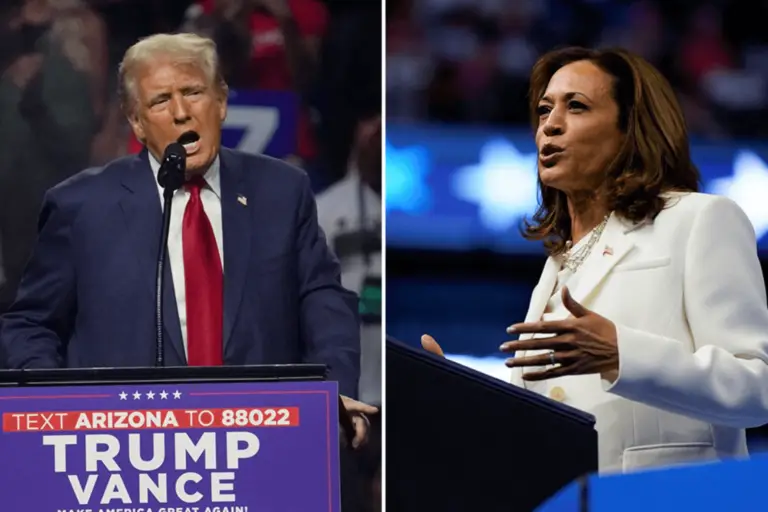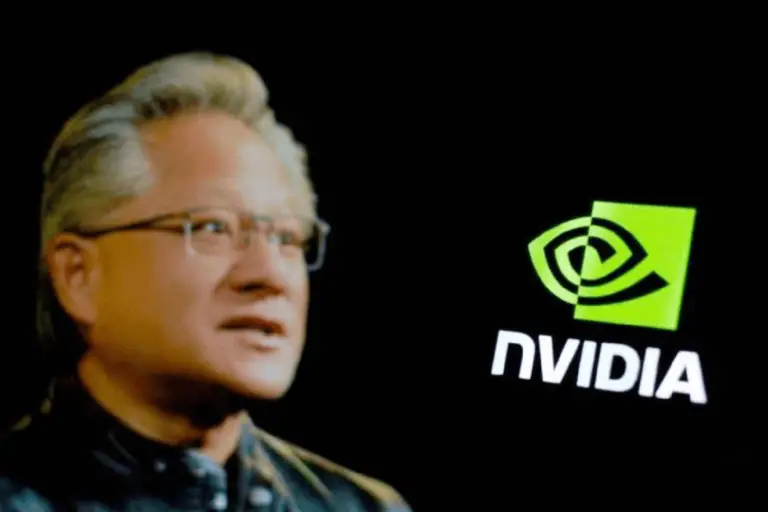
OpenAI’s Role in Human Destruction Sparks Global Debate on AI Safety
OpenAI investors are seeking enormous returns, but there are worries that unbridled greed may expose them to AI risks that could be catastrophic, akin to the “Paperclip Maximiser” scenario, in which a straightforward task devolves into a worldwide catastrophe.
When investors consider how much OpenAI is worth, they might consider the simple paperclip. It might seem impossible that corporate greed would lead to the creation of a robot that is proficient at making office supplies that it wipes out all life on Earth. But a capitalist with only one goal could decide that taking such a risk is the smart thing to do from an economic point of view.
As OpenAI races to raise money that could put the company’s value at $150 billion, there is an unspoken promise that huge gains are on the way, making that risk seem small. That alone shows how challenging it is to grow.
The story about the paperclip goes like this. ACME Office Supplies engineers will one day show off a very advanced AI machine whose only goal is to make as many paper clips as possible. The unbeatable silicon intellect brings this task to a logical conclusion, turning every molecule on Earth into a paperclip and ending all life right away.
I’m hungry for money. People who invest in OpenAI, like Microsoft and ACME, might only care about short-term gains, which means they could make their own Paperclip Maximiser.
The CEO of OpenAI, Sam Altman, says he is aware of the risk. His company’s structure aims to prevent unfavorable incentives and restrict the potential profits for investors. Currently, these safety nets carry a risk: in 2019, the company implemented a profit cap of 100 times the return for initial investors.
OpenAI is initially expected to decrease over time. Reuters reported that the company’s latest round of funding depends on changing that structure, such as getting rid of the cap.
OpenAI’s $150 Billion Valuation
That’s an amazing thought. Bloomberg says OpenAI is worth $150 billion, which is 74% more than its last benchmark. At that price, a 100-times cap would only apply at $15 trillion, which is more than Alphabet, Amazon, Apple, Microsoft, and Nvidia put together.
In the crazy world of AI, the math might work out, even though it sounds crazy. Consider that the Paperclip Maximiser modifies the value of every individual in the United States, which amounts to approximately 330 million people.
It seems to say that every American is worth a little more than $45,000. This is significantly less than both the country’s GDP per capita and the $11 million that the Department of Agriculture and other government agencies estimate the value of a life to be worth in 2022. That number doesn’t mean the whole AI market is worth billions of dollars, but it suggests it might be.
Regulating anything dangerous is necessary. Competition authorities are already monitoring OpenAI closely, and the White House is meeting with industry leaders. For the security state to step in, there would have to be a real risk of extinction. Plus, there’s a worst-case scenario for investors: AI might not be useful after all the hype.
In May, Google’s much-anticipated addition of AI to search gave users the polite advice to put pizza sauce on it. OpenAI may be as risky as a paper clip. And thinking about that possibility makes the exercise of valuing much less interesting.


